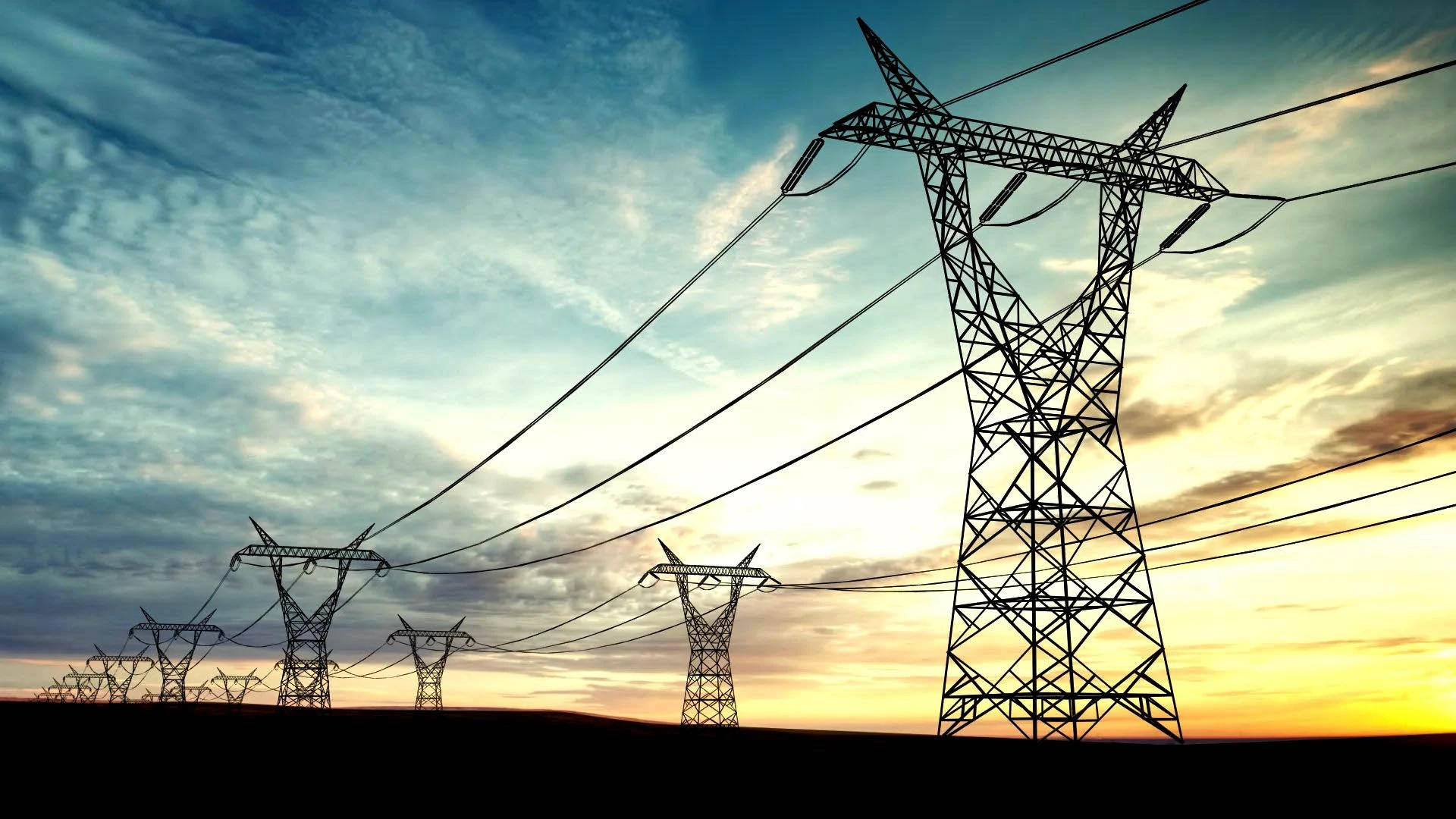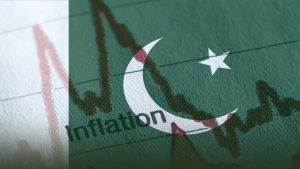Hydropower led the surge with a 14% YoY increase, contributing 5,410 GWh and accounting for 39.4% of the monthly generation mix.
ISLAMABAD 20 July: Pakistan’s electricity generation rose by 2% year-on-year (YoY) in June 2025, reaching 13,744 gigawatt-hours (GWh), spurred by growing demand, reduced tariffs, and increased reliance on the national grid, according to data released by Arif Habib Limited (AHL).
Despite a flat full-year performance with total generation for FY25 recorded at 127,160 GWh — unchanged from FY24 — the June uptick reflects improved grid utilization and shifting energy consumption patterns.
READ MORE:Massive Increase Expected in Electricity Unit Prices Soon
Hydropower led the surge with a 14% YoY increase, contributing 5,410 GWh and accounting for 39.4% of the monthly generation mix. RLNG (Re-gasified Liquefied Natural Gas) followed closely with a 12% rise to 2,216 GWh. Local coal generation inched up by 1% YoY to 1,510 GWh, while imported coal saw a sharp 19% jump to 1,397 GWh.
Conversely, nuclear power output dropped significantly — down 31% YoY to 1,383 GWh from 1,998 GWh in the same month last year. Gas-based generation also declined, slipping 17% YoY to 968 GWh.
The cost of electricity generation in June decreased by 9% YoY, settling at PKR 7.87 per kilowatt-hour (kWh), remaining well below the regulatory benchmark. The decline was mainly driven by lower international fuel prices and a pivot toward cost-effective energy sources such as hydropower and RLNG.
Despite this trend, Residual Fuel Oil (RFO) remained the costliest source, with a slight 1% YoY rise in cost to PKR 28.89 per kWh. Imported coal’s cost edged up by 4% to PKR 15.16 per kWh, while gas prices dropped 11% to PKR 12.39 per kWh.
The latest data underscores a steady transition toward cleaner and more affordable energy sources amid fluctuating fuel markets and evolving consumption dynamics.









